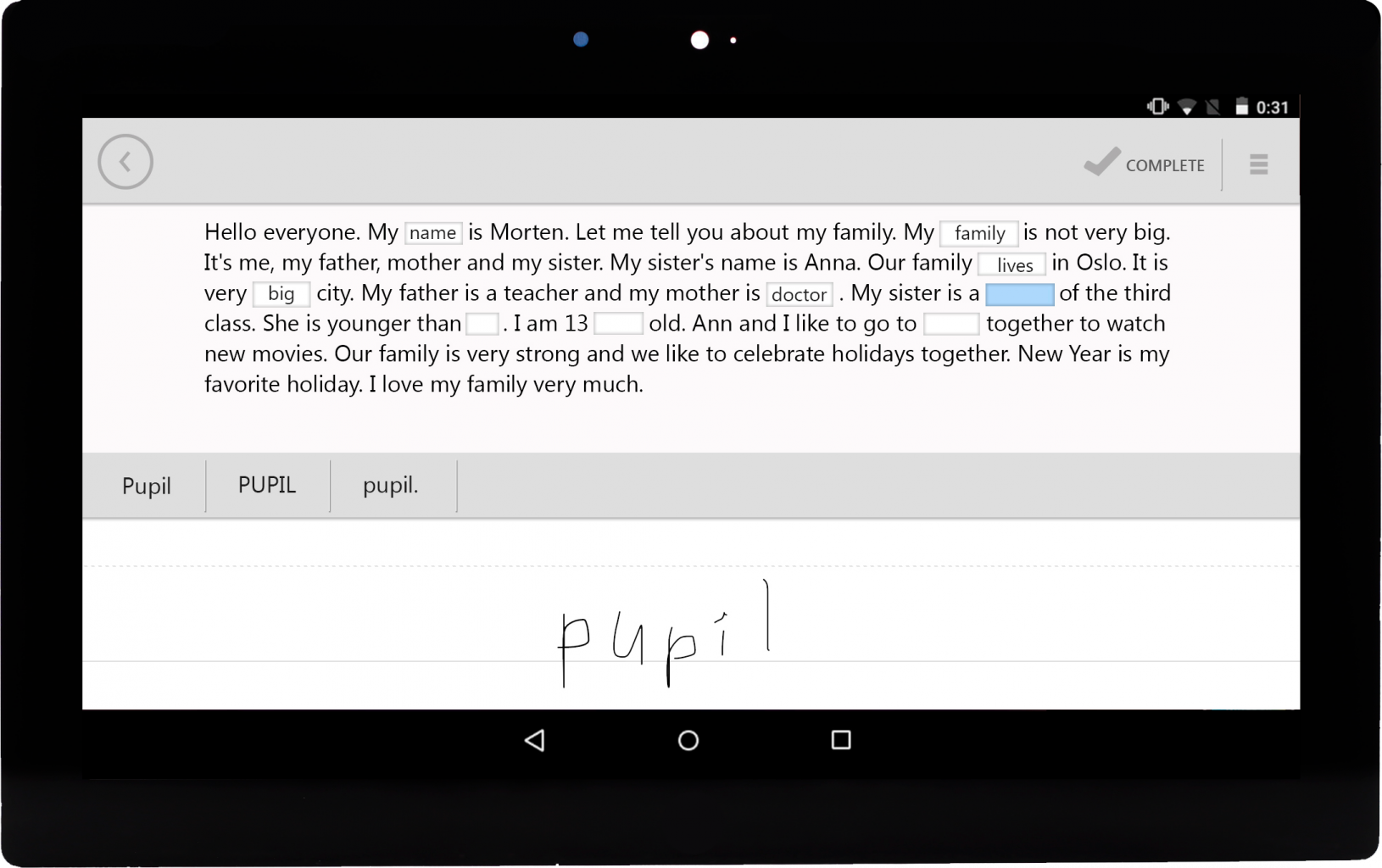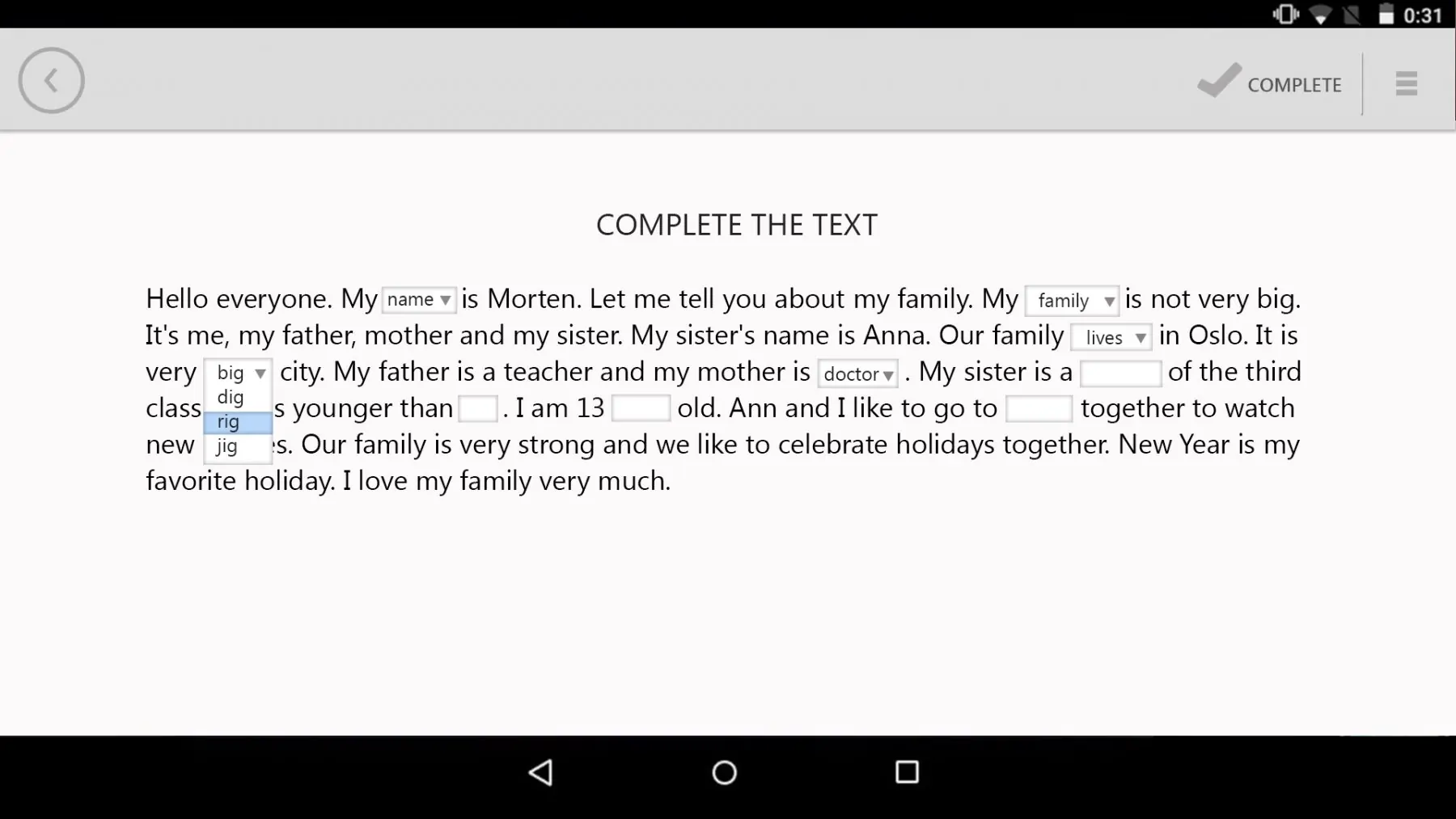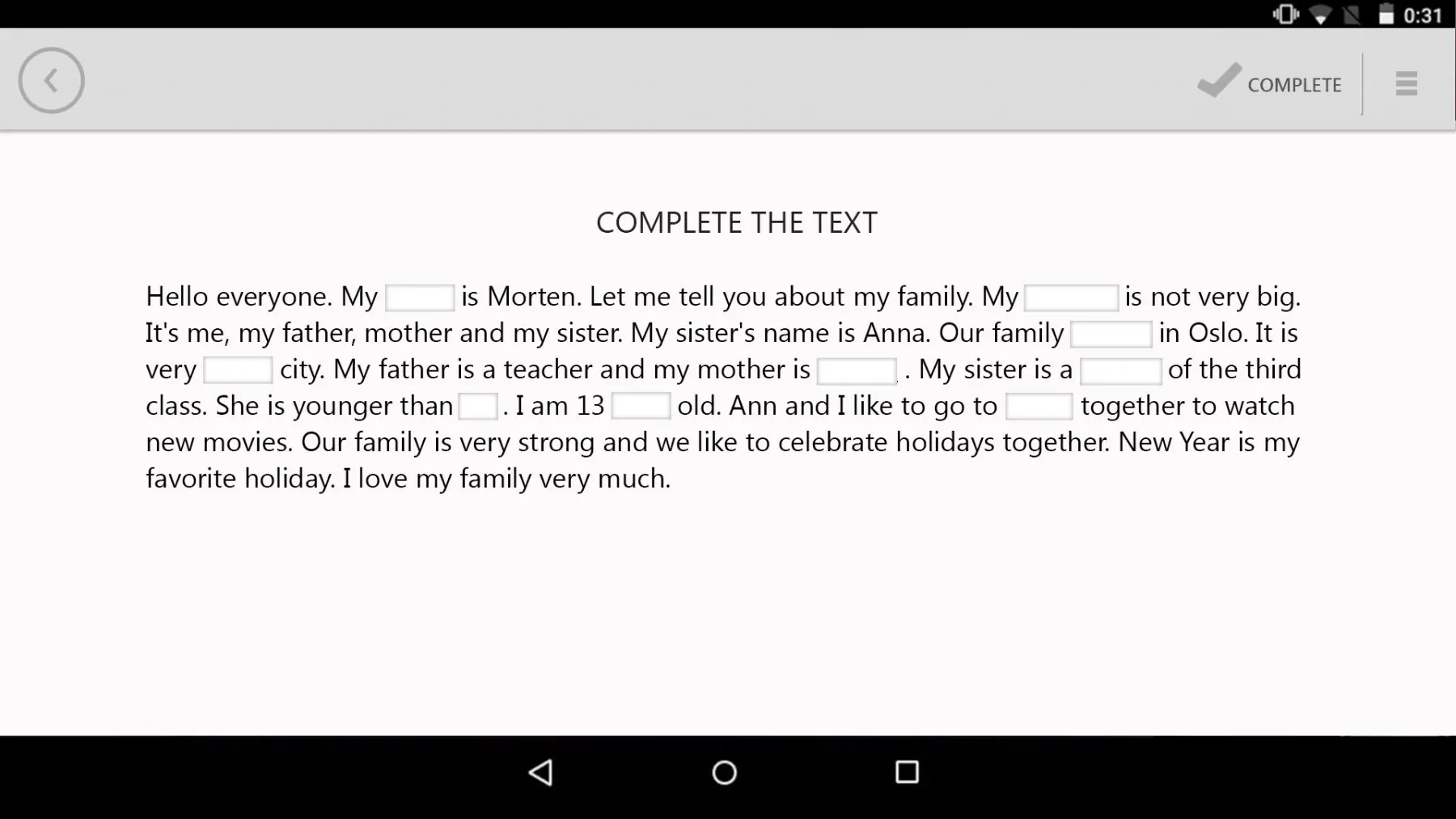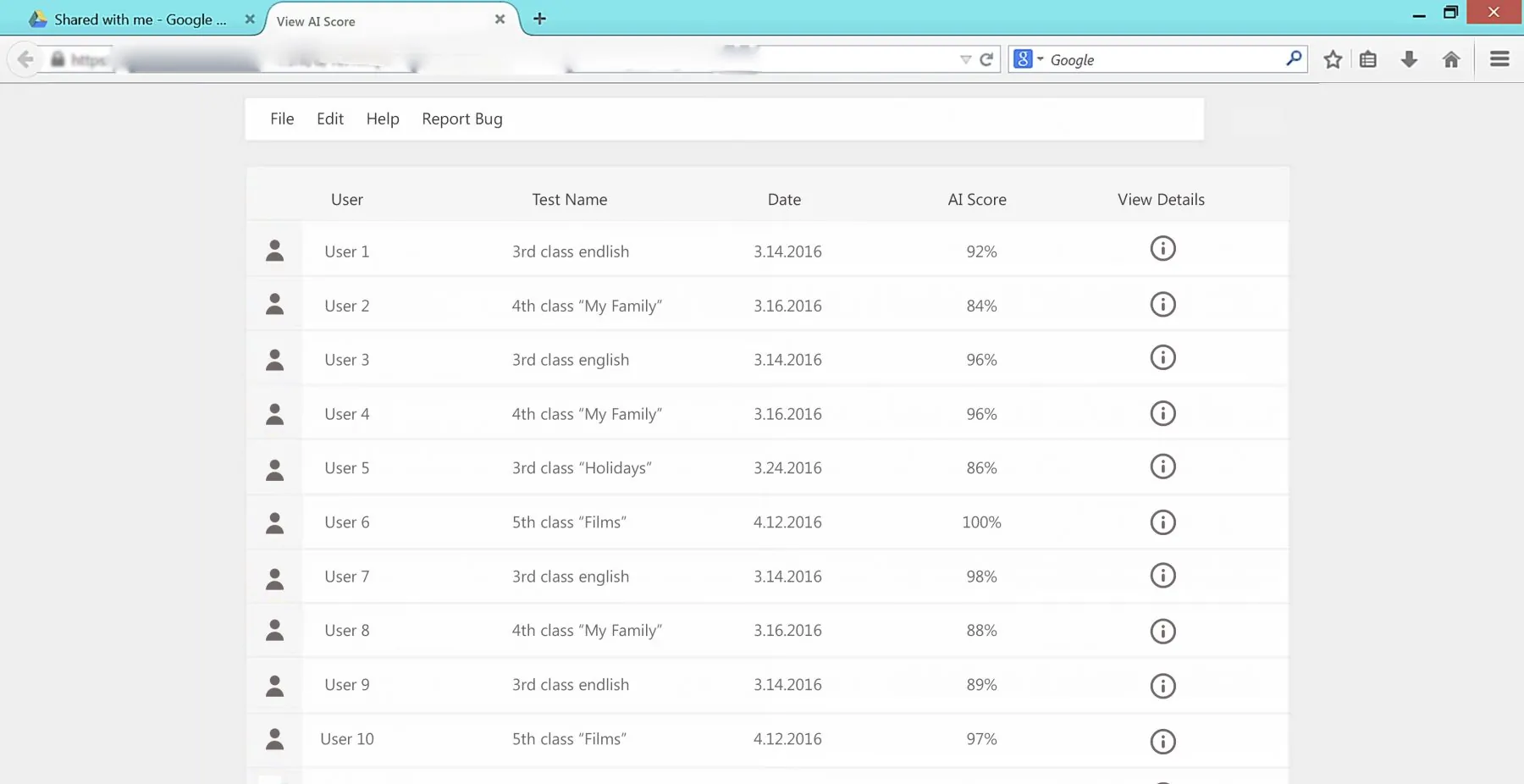AI and neural network based handwriting character recognition for e-Learning
AI and neural network based handwriting recognition app
Our customer is one of the largest software developers for education in Western Europe. The total user-base is millions of end-users and dozens of educational institutions all across Europe. They are currently in the top five of companies who develop reading and writing assistive software for students.
The global objective of the project was to test how the implementation of AI/neural networks based handwriting character recognition can improve students’ e-Learning solution engagement rate. The final goal was to make the differences between paper and digital input of handwriting imperceptible to students.
Project technology stack
No third party APIs used, implementation in Python.
Timeframe and workload
2 Developers, 3 Months.
Challenge
During the planning stage we prototyped different use cases in which AI can improve the students’ experience with e-Learning aids. The committee’s conclusion was that the neural network provided the highest possible level of recognition accuracy. A ‘laggy’ or inaccurate solution wouldn’t engage the students enough in working with the AI based e-Learning aids to train the neural network.
Solution
We pooled the initial data for the project’s initiation from the MNIST database. This was enough to start to train our AI in the relevant fields. For the PoC we developed a simple interface. This helps the user to analyse recognition results accuracy using a simple workflow: the user loads the data from the folder, checks each item and evaluates the accuracy of the results given by the neural network. Possessing this information the user can then confirm whether the primary result is correct or go the previous/next item.
Impact
The fluent character recognition enabled us to encourage primary school students to play with the e-learning application thus bringing a gaming element to the learning process.
Customers have confirmed that the AI/ neural network character recognition is capable of functioning sufficiently rapidly and accurately to be implemented for end-users. The PoC stage is considered to be complete, with very promising results, and currently the customer is performing a market study to find ways this approach can be introduced as the software product, or as part of the existing learning solutions.
Our locations
Warsaw, Poland, 00-645
Bucharest, Romania, 011663
Vinnytsia, Ukraine, 21021



